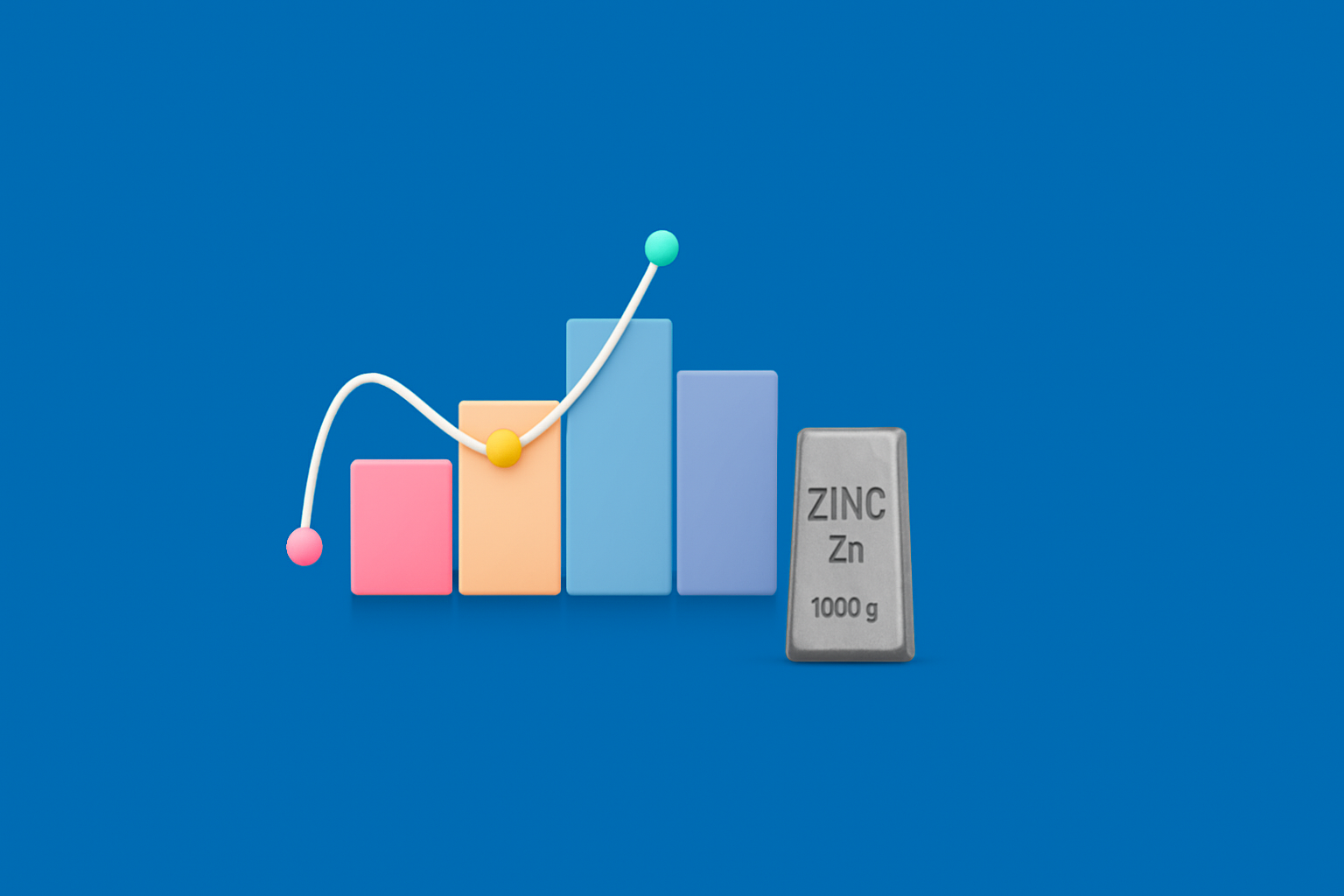Stock Split: A Critical Juncture of Corporate Actions

- Published Date: January 06, 2021
- Updated Date: October 08, 2025
- By Team Choice
Every investor looks for high-yielding stocks in the stock market. However, there are situations when the shares of a highly sought-after corporation are not accessible for purchase. The reason is the stock's hefty prices. It is during these times that companies decide to split their share.
So, what exactly does stock split means?
A stock split is when the company’s board of directors divides existing shares of the company into multiple shares. Basically, it is the reduction in the market price of a stock that increases the stock currently held by all its shareholders without causing a change in the total market capitalization of the company and value of the shareholders stocks.
Now, why do companies go for stock splitting you may ask
The basic objective behind stock splitting is to increase the liquidity of the stock and make it more affordable for the investors by lowering the individual share price. For example: if you wish to buy MRF shares but are not sure about such a huge investment on a single share then you might be able to get it at a much lower price if MRF decides to split its shares someday.
Wondering, how does stock split works? Here’s the thing,
Almost all publicly listed companies do this all the time. Be it ONGC, IRCTC or NBCC. If there is a stock split, the shares you own are multiplied based on the ratio of the split, dropping the price per share. Notably, the most common type of split is the forward stock split. A forward 2-1 split means that for every one share owned, investors will receive two additional shares. However, a 3-1 stock split, implies you'll get three shares for every one you already have, and so on and so forth. Here the management determines the splitting ratio.
For instance -Let us suppose you held 50 shares of a firm worth Rs. 100 each with the total value of Rs 5,000. Following a forward 2-1 split your portfolio would contain 100 shares of the firm with the total value remaining the same at Rs 5,000 because the stock's price is reduced by the ratio of the split. However, here the price of the share will be lessened to Rs. 50. Therefore, after the split, you now hold 100 shares at a price of Rs 50 each, for a total investment of Rs 5,000.
2-for-1 stock split
Number of shares | Share price | Total value | |
Before split | 50 | Rs 100 | Rs 5,000 |
After split | 100 | Rs 50 | Rs 5,000 |
Now, stock splitting is not the only action taken by the corporates. There is another stock-related decision made by businesses.
And what’s that?
It’s the reverse stock split!!
To the opposite of stock split lies the concept of reverse stock split. It reduces the number of current shares of stock held by shareholders to a lesser number of shares that are proportionately more valuable.
For example: If you had 10 shares of Rs 200 each with the total value of Rs 2,000 and the business choose to do a 2 for 1 reverse stock split, you'd wind up with 5 shares of Rs 400 each and your shares' overall value would stay constant.
2:1 reverse stock split
Number of shares | Share price | Total value | |
Before split | 10 | Rs 200 | Rs 2,000 |
After split | 5 | Rs 400 | Rs 2,000 |
The prime objective of a company behind implementation of reverse stock split is to increase the price of its shares. When a company's per-share price is on the verge of being delisted, meaning it will no longer be eligible to trade on an exchange, its promoters may decide to announce a reverse price split.
Note!!! A stock that has recently undergone or has just declared a reverse split should be avoided unless you have reason to believe the business has a credible
So, finally...
Stock splits enable market players to afford shares by increasing marketability and liquidity, resulting in price discovery. In simple terms, a stock split can result in the increase in the stock price, as many investors, especially small investors, believe the stock is now more accessible to them. Investors also believe that the company's expansion will continue in the future, driving demand and therefore prices.
However, it’s possible that a stock split may backfire at some point. For instance: In 2013, Asian Paints divided the face value of company’s shares from Rs 10 to Rs 1 which resulted in a sharp drop in share price from Rs 524 to Rs 376 in only a month.
All in all,
A stock split or a reverse stock split has limited practical influence on a company's existing stockholders. A stock split has the greatest impact on investors who are following a stock and hope to buy an entire share at a cheaper price. Hence, a stock split might be an effective inducement for those investors who have been sitting on the side-lines.
Recommended for you

How to Bid in An IPO?

FII DII Data - Live Data

Why ESG Matters for India’s Growth Story
